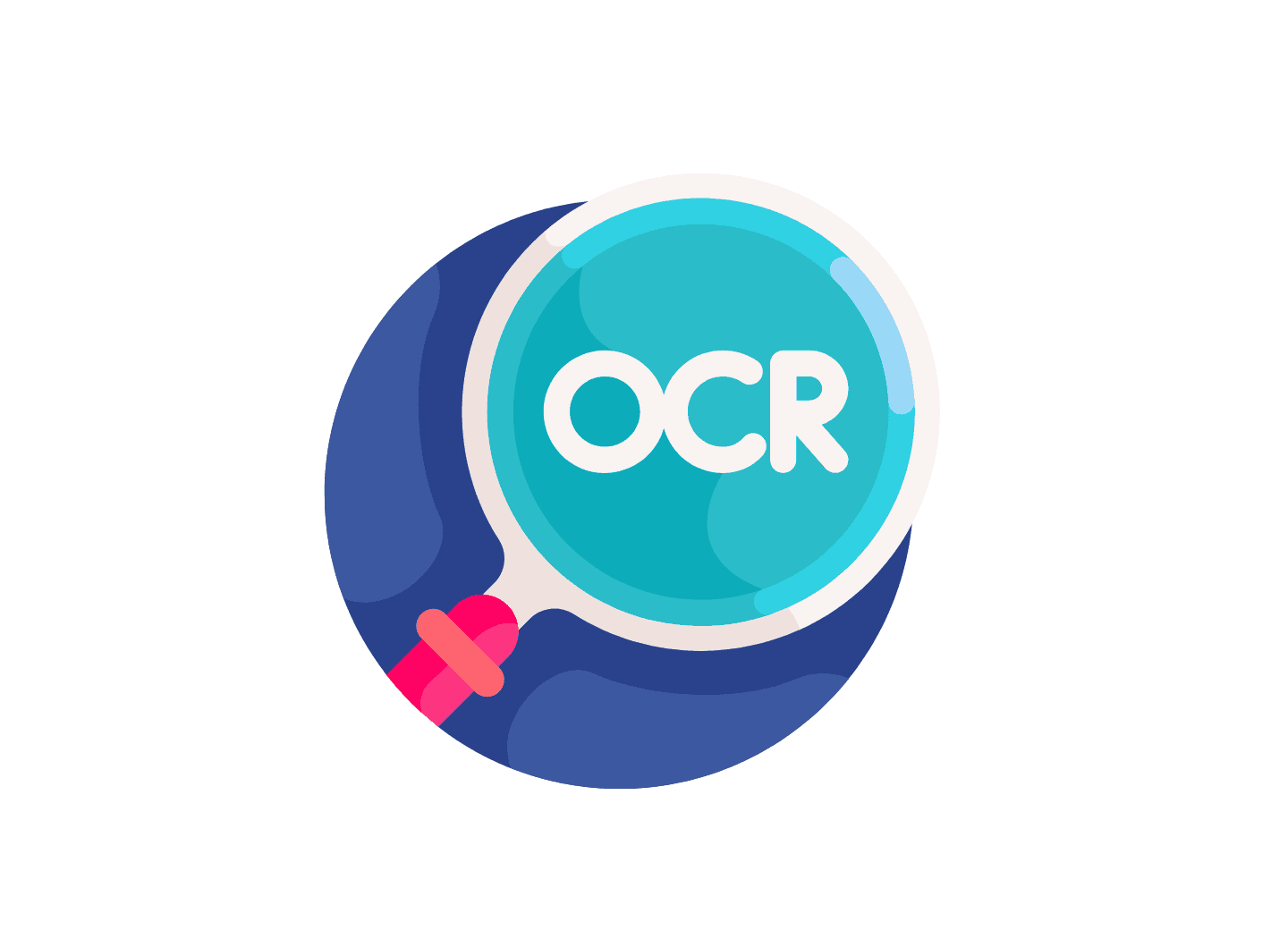
OCR scanning is a technology that converts documents such as PDF files, images or scanned documents into editable data. OCR software accomplishes this by analyzing the patterns of the characters in the images, recognizing the text, and transforming it into a readable format.
Importance of OCR in the Modern Digital World
OCR technology can be beneficial across different sectors. It offers a range of advantages:
- Efficiency: OCR scanning reduces the time required for manual data entry, enabling faster document processing.
- Organization: it simplifies document management by converting them into digital formats for easier handling.
- Data Accuracy: OCR technology reduces errors related to manual data entry, leading to higher data accuracy.
- Cost Reduction: by automating data entry, OCR technology lowers operational costs, contributing to significant savings for businesses.
How OCR Scanning Works
- Image Scanning: The process starts by scanning the document or image that needs to be processed. The quality of the image is crucial for accurate text recognition, as higher resolution with clear, legible text yields better results.
- Text Recognition Algorithms: Once the image is scanned, the OCR software analyzes it using text recognition algorithms. These algorithms identify patterns, shapes, and features of the characters in the image. The software breaks down the image into smaller components, such as lines, words, and individual characters, to facilitate accurate recognition. Modern OCR systems use advanced techniques like machine learning to improve recognition accuracy, especially for complex fonts. This step may involve:
- Spell-checking
- Grammar correction
- Contextual analysis to improve accuracy
- Output Generation: After recognizing the text, the OCR software converts it into a machine-readable format. This can be plain text, a formatted document or data that can be used in other applications.
Advanced Features in Modern OCR Software
Modern OCR software comes with several advanced features that make it more versatile. These features help in handling different types of documents.
Let's take a closer look at three key features: language support, handwriting recognition, and integration with other software.
Language Support:
Modern OCR software can process text in multiple languages.
Multi-language support allows users to convert a wide range of documents without the need for separate OCR tools for each language.
This feature is important for businesses that work with documents in different languages.
Handwriting Recognition:
Another advanced feature of modern OCR software is its ability to recognize handwritten text.
This is particularly useful for digitizing notes, letters, and other handwritten documents.
The software uses sophisticated algorithms to analyze the shapes of handwritten characters. While handwriting can vary from one person to another, modern OCR systems are trained to recognize a wide range of handwriting styles with a high degree of accuracy.
This feature saves time and effort compared to manually typing out handwritten documents.
Integration with Other Software:
Modern OCR software can be easily integrated with other applications, such as document management systems.
They can also be integrated with mobile apps, allowing users to process documents directly from their smartphones.
These advanced features make modern OCR software a powerful tool for converting physical documents into digital formats, making data more accessible, accurate, and easy to manage.
Applications of OCR Scanning
OCR scanning technology has a wide range of applications. Here are some key areas where OCR scanning is making a significant impact:
Business Use
Document Digitization:
Businesses handle a large number of documents daily.
OCR scanning helps in digitizing these documents, converting paper files into searchable and editable digital formats.
This process makes it easier to manage, search, and retrieve documents.
Invoice Processing:
OCR technology is useful for processing invoices.
By automating the data extraction from these documents, OCR reduces manual data entry errors and speeds up the accounting process.
Our tool, invoiceocr.io, offers specialized OCR solutions for invoice processing, making it easier for businesses to handle their financial documents.
Personal Use
Organizing Personal Documents:
For individuals, OCR scanning can be a great help in organizing personal documents such as letters, receipts, invoices and handwritten notes.
By converting these documents into digital formats, users can store, search, and access their information more conveniently.
Mobile Apps for OCR:
Many mobile apps now incorporate OCR technology, which allows users to scan documents directly from their smartphones.
These apps can convert photos of documents into text. This is useful for scanning business cards, receipts, or handwritten notes.
Specialized Fields
Healthcare Industry:
In the healthcare industry, OCR scanning is used to digitize patient records, prescriptions, and medical reports.
This digitization helps in improving patient care by making medical records easily accessible to healthcare providers.
Legal Industry:
Law firms deal with a vast number of documents, including contracts, case files, and legal briefs.
OCR scanning helps in digitizing these documents, which improves productivity.
Education Sector:
In the education sector, OCR technology is used to digitize textbooks, research papers, and exam papers.
This makes educational resources more accessible to students.
These applications highlight the utility of OCR scanning across different sectors, helping to simplify processes, improve accuracy and data management.
Conclusion
OCR scanning technology has transformed document management across various fields by converting physical text into digital data, improving efficiency, accuracy, and accessibility.
Its widespread applications in business, personal use, and specialized industries like healthcare, legal, and education demonstrate its versatility.
We encourage you to explore OCR solutions and experience the benefits for yourself.
OCR technology can improve your document management processes.
For invoice management, try invoiceocr.io, our specialized OCR software designed to automate your invoice processing.
